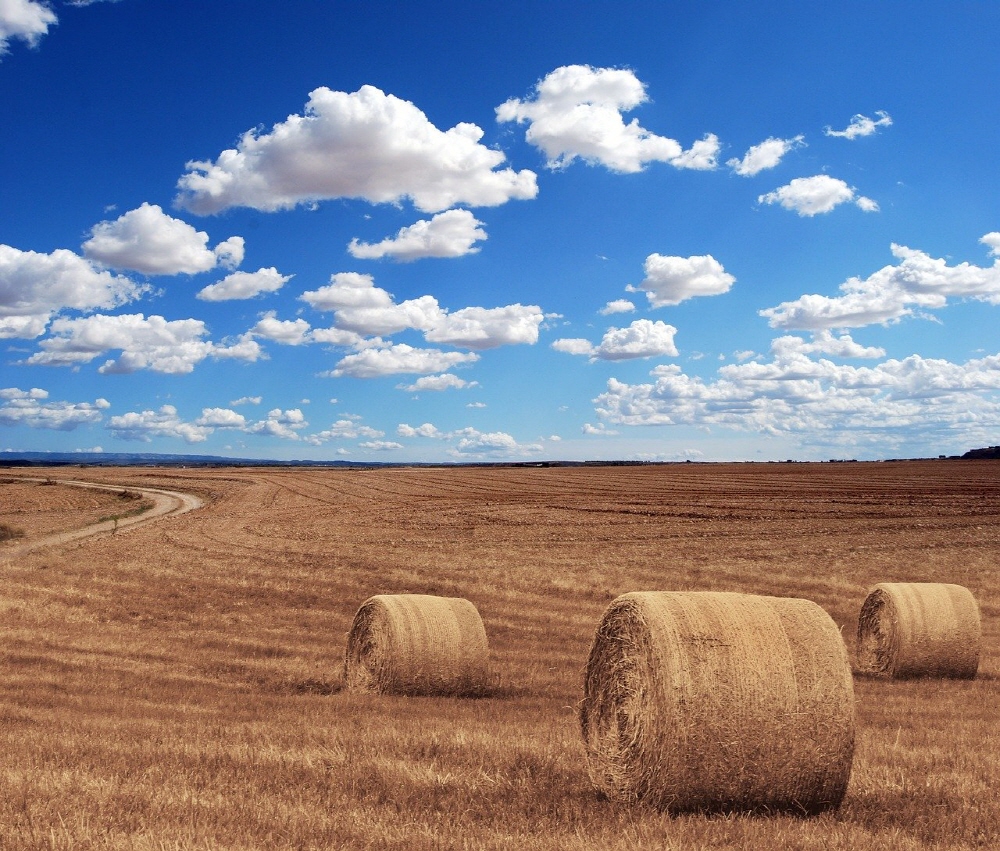
To curb global warming, it is important not to emit carbon dioxide. While countries and businesses can reduce fossil fuel combustion, on the other hand, this method alone is insufficient to achieve the Paris Agreement’s goal of reducing the global temperature imagination to less than 2 degrees Celsius. For this reason, an easy, low-cost and practical approach to removing carbon dioxide from the atmosphere by breaking up rocks and spraying powder has been proposed.
A method called ERW (Enhanced Rock Weathering) proposed by a research team at the University of Sheffield in the UK is to scrape rocks such as basalt and sprinkle dust on farmland. The calcium and magnesium contained in the basalt cause a chemical reaction with carbon dioxide in the air, and carbon dioxide is trapped in carbonates for several months. The advantage of this method is that the method of mixing limestone with soil is already practiced by many farmers to fertilize the land, and is also beneficial in terms of crop harvesting.
According to a paper published by the research team, ERW on half of the existing farmland could remove 2 billion tons of carbon dioxide. The cost is the difference in land and labor costs, and it is estimated that every one ton removed in India will cost $80 and $160 in the US.
The research team emphasizes that ERW is an easy and practical approach if climate change requires a carbon dioxide reduction strategy that is capable of reducing and expanding carbon dioxide emissions and compatible with existing land use. Most of the carbonates made in this way eventually flow into the sea and become limestone at the seabed, which naturally and permanently sinks the carbon.
Reforestation is well known as a way to reduce carbon dioxide in the atmosphere, but farms alone cannot be said to be sufficient to remove necessary carbon dioxide. Therefore, it is recommended to proceed with the farm and ERW.
The research team reveals that basalt is the most suitable for ERW. This is because basalt contains calcium and magnesium necessary to supplement carbon dioxide, and contains silica, potassium, and iron, which are easily insufficient in farmland, so rice farmers in Southeast Asia already mix basalt in paddy fields to relieve the lack of silica. The same method is also used for cultivation experiments in the Netherlands.
Basalt is abundant on the planet and is also found in cement and steel as waste. In this manufacturing process, the basalt is broken, so there is no need to deliberately break the basalt, which can save energy.
ERW is a realistic approach because it does not require any new technology. The team explains that there could be a way to give Chinese and Indian farmers $100 for every ton of carbon dioxide they remove and increase crop yields. Related information can be found here .

